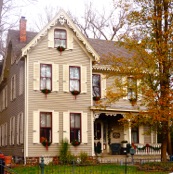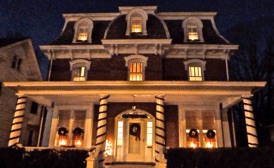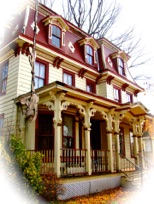


![[chaba]](About_Bridgeton_files/shapeimage_4.png)



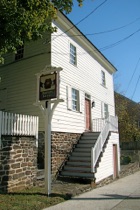
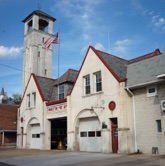


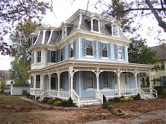
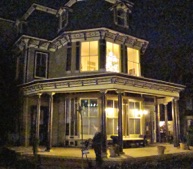
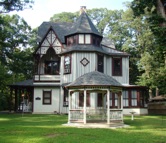

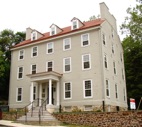
BRIDGETON’S BACKSTORY :
Named for the tiny bridge that has straddled the Cohansey River here since 1716, Bridgeton has been seat of New Jersey’s rural Cumberland County since before the Revolution. It is steeped in a marinade of precolonial, colonial and postcolonial histories and cultures. Rolling fields and wetlands surround it. Vaulting blue skies flame into a passionate persimmon at sunset above it.
Hard to believe it was ever a manufacturing powerhouse.
And yet here in 1814-15 the Cumberland Nail & Iron Works helped kickstart industrial America. and from then on the city’s vast metal and glassworks packed and marketed as much of the tomatoes, peaches, asparagus, oysters, sturgeon--and, yes, even caviar--as was humanly possible to coax from surrounding farms, fields, watersheds, bay and ocean.
For five generations Bridgeton boomed. One poetic newsman dubbed it “the Metropolis of the South.” The children of the farming and commercial gentry--girls as well as boys--came here to be educated. The genius of Oberlin Smith transformed his Ferracute Machine Co. into engineering legend. By the end of World War II Campbell’s and Ritter’s were juicing Jersey tomatoes into enough ketchup and soup to float flotillas, while Seabrook was fueling a wartime army and a peacetime baby-boom with the pioneering technology of frozen food. And all this from a city that even now can barely deliver a count of 30,000 souls.
And then the music stopped. A staggering economic sea-change hit American manufacturing, leaving many industrial cities battered, and threatening to make “made in the USA” just another codeword for “collectible.” Bridgeton was among them.
But the city had one more audacious idea: to draw a magic marker not just around its gracious public buildings and grander homes but the thousands of working-class stories embedded in the street-on-street of “gingerbread” crafted over three centuries. It was a grand move, and assembled an encyclopedic collection of over 2000 colonial, Victorian and Arts & Crafts structures into a single, complex and...maybe... unmanageable narrative that became the Largest Historic District in the State.
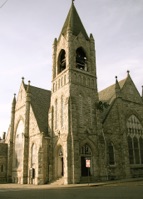
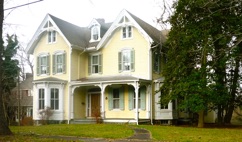

the Center for Historic American Building Arts
ReVisioning New Jersey's Largest Historic District
31 West Commerce Street
Bridgeton, NJ 08302
English: 856-221-3276
Español: 856-221-3239
cell: 201-321-3813
[chaba]








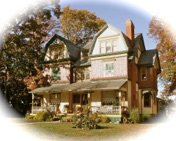
& the “OBIE” AWARD


